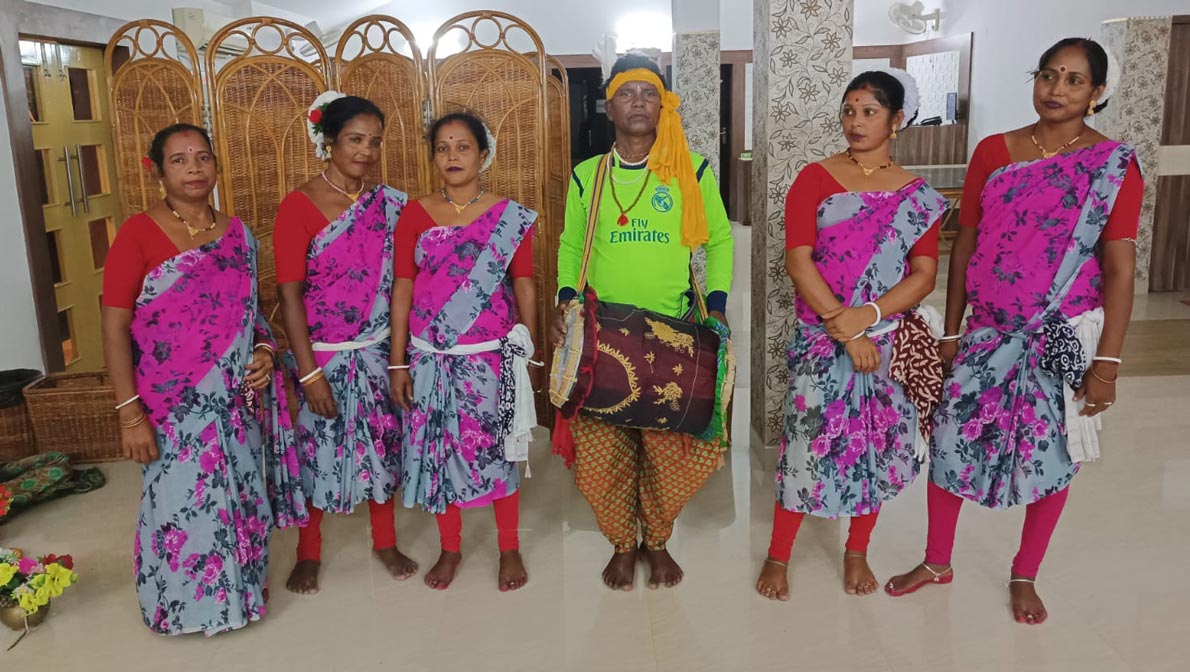
Sundarban, the largest delta in the world, holds many secrets and surprises for its travellers. Apart from being a natural habitat of Royal Bengal Tigers, plenty of other wild animals and different species of birds that attract travellers from different corners of India and even abroad; Sundarban has a distinct culture that is rural and riveting at the same time.
The simplicity of the easy-going and always-feel-happy people despite their everyday struggle touches the heart of travellers, becoming an intangible and most precious gift they can take back their home. Have your Sundarban tour and travel agency promised you a rare but memorable exposure to these people’s lives, culture, rituals and festivals? If yes, it is definitely one of the best tour operators.
Religious Belief and Rituals
The forest dwellers in the delta follow certain unique rituals. These rituals are a mix of their religious beliefs and local culture that they have developed over time while embracing the beauty and beastliness of nature and wild animals with enviable calmness.
In Dabble Island in Bangladesh, these people celebrate a festival that coincides with Rash Purnima in the month of November. A large number of travellers visit Sundarban during this time. People take a holy dip and offer their prayers.
Banbibi is a local deity in Sundarban. Those who have read Amitav Ghosh’s ‘The Hungry Tide’ surely know about the origin of Goddess Banbibi. Sundarban dwellers strongly believe that Banbibi saves their lives from wild animals. It is considered a supreme omnipotent power. Interestingly, both Hindus and Muslims pray to Banbibi. Though the Goddess is considered a Hindu-Muslim deity, rituals vary depending on their faith.
According to the local ritual, any woodcutter or honey collector who goes out in the forest as a part of their job, offer prayers to Goddess Banbibi and also Dokhinraj, the king of the forest. For the last few years, the locals in Kalevala village, North 24 Parganas have been exibiting clay paintings depicting Banbibi’s life history. This history is truly mesmerizing and will sound like an interesting folklore heavily imbued with their cultural tradition and religious practices.
Cultural Hues
Religious belief, rituals and culture are intimately related to each other. In Sundarban, people celebrate diverse and colourful culture. These people are Bengalese and exhibit a generous and great mix of mainstream Bengali culture and their rural traditions. Sometimes, their culture looks and feels so different that you might think these people are from a different land far away from Bengal.
They organize folk cultural programs to exhibit their natural talent in dance and music. Most of their songs are about Banbibi and Dakshinraj, narrating their divine power while some are about Mansamangal (a famous folklore of Goddess Mansa and Chand Sadagar).
Forest dwellers also worship trees, tigers and snakes to ward off evils and difficulties. Their rituals and belief emanate from their reverence for the harmony between nature, human beings and other animals. Sundarban has bucket of surprises at every bend, from the Royal Bengal Tiger and other wild animals to beautiful nature dotted with greens everywhere to distinct and diverse religious rituals and cultural fests.
Sundarban, in one word, is a mini world in itself.